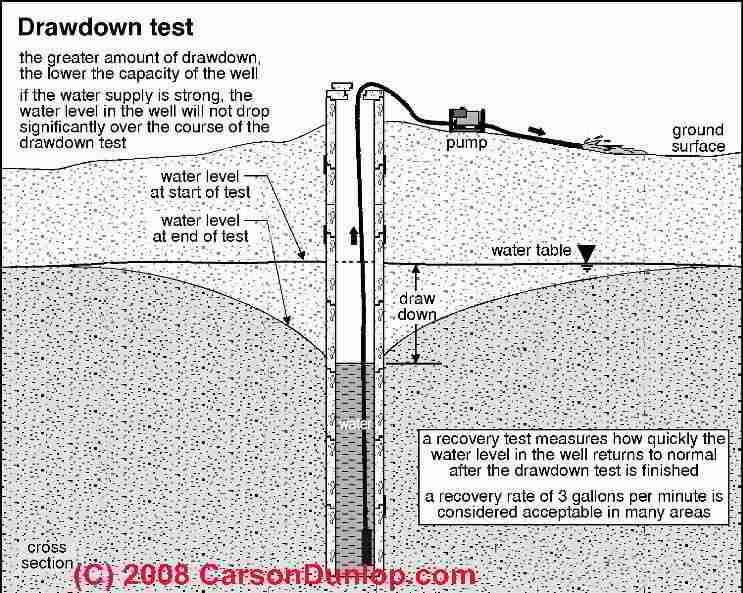Table of Content
A dial allows you to adjust the pressure between 45 and 55 psi, while the tank stores extra pressurized water to reduce how often the pump must run. Pressure booster systems may be an expensive investment, often running $900 or more, but it may be the only solution to low municipal pressure. You may test other faucets in the home using the same method to help locate pressure issues within the home itself once you have an idea of the initial pressure rating.
In this case the pressure at an outside hosebibb may test normal. Uncovering a crimped/undersized line requires measuring the water pressure after fixtures are turned on in the house. The pressure reading taken when fixtures inside are in use is called the residual pressure. If these adjustments don’t work for you, if you’re not comfortable making these adjustments yourself or if you live in an older home, we recommend calling a plumber.
How do I test my water pressure?
Natural gas usually is transported long distances from where it is created to where it is consumed. If it is collected but is not needed immediately, storage facilities across the country safely store the gas until when it is needed. Each gas line in the city has a highest pressure that it can work within. However, most utility companies work at half capacity for safety. A Watts Presure guage is designed to connect to a residential hosebibb. Attach an adaptor to another faucet and connect your compressor hose.

This could even lead to holes in your pipes from too high-pressure causing damage, or it could even end up moving the pipes out of place if it goes very high. It’s best looking instead for filters with flow rates of at least 5 GPM or more – preferably those with an NSF certification, so you know they’ll live up to expectations. You could also consider a filter system that wouldn’t affect your whole home’s flow rate, such as a point-of-use filter. For instance, if you intend to use a whole house water filter to remove contaminants from your drinking water, your flow rate in GPM might decrease slightly. This is because water meets resistance from the filter media, which prevents it from flowing freely through your plumbing. When the time is up, remove the measuring jug and look at how many gallons of water the jug contains.
Low Water Pressure
Your home most likely receives its water from a municipal water provider, and there are a number of factors that can contribute to the final water pressure that you receive. These factors include the height of the water tank or tower, as well as the size, location, and the number of homes that are connected to the water main . Larger homes require a higher incoming pressure rating than small homes, as water will slow down slightly each time it encounters a bend in the pipes. If you have a pressure of between 40 and 70 psi then the water pressure is good.

The height of these tanks relative to the distribution area - along with the weight of the water - is what generates pressure. Numbers of stories in your house – Multistory homes need high pressure. When your water system has to pump water against gravity, it needs more pressure to do it effectively.
Your Pressure is Too High
If you are suing water from a well this should not be of concern to you. Thread the pressure gauge on an outside faucet bib until hand tight. The water demand during peak hours in your house and in the neighborhood will considerably lower the water pressure in your house unless you are using water from a well. Faucet aerators are the tiny attachments with fine nozzles at the tip of the faucet spout. They allow air inside the faucet and hence a soft stream of water.
In Georgia, the potable water system in homes is not supposed to exceed 80 PSI. Water pressure in the municipal water mains is typically much higher than 80 PSI – sometimes well above 140 PSI. If you have symptoms related to high pressure, the PRV in your home may not be doing it’s job. The recommended repair for this problem is a PRV is replacement. You can start by adjusting the pressure switch on the pressure tank and servicing the pressure tank. Sometimes the pressure gets low due to clogged plumbing, showerheads, and aerators; clean them to ensure there is no blockage between the well and point of use.
What’s a Good Pressure?
Below, we'll take a look at how water pressure is generated, and why it matters. Making an adjustment to your water pressure regulator is quick and easy. Residential water pressure should not exceed 80 pounds per square inch, or psi, and outdoor irrigation systems typically have a water pressure of 30 to 50 psi. Sometimes water is supplied to houses at 100 or even 150 psi. A low pressure experience can also be cause be an undersized or crimped water line.
If your water pressure is under 40 psi, it’s considered low. A psi between is considered very low, and under the minimum water pressure required by most building codes. If you are not sure where this is, you should look at the main water line and find a bell-shaped piece.
Different factors come into play when you are deciding the best pressure for your well water. Let’s look at some different scenarios and what pressure is good for them. Interstate are the longest lines, and they transport gas across states , the country, or even the continent.
Corrosion can build up in the water system, eventually restricting water flow. Pressure regulators, normally preset for 45 to 60 pounds per square inch can wear out after years or decades on the job. When you need AC, heating, or plumbing services, look no further than Horizon Services.
Pressure in pounds per square inch are equal to the pound-force divided by the area in square inches. These are pipes which protrude from the walls or floor for later fittings to be attached, such as a shower head. Run your faucets to drain the pipes and make sure all are turned off again once the pipes are empty.

No comments:
Post a Comment